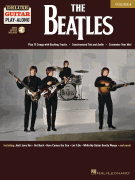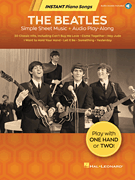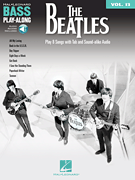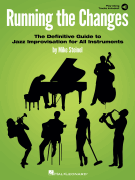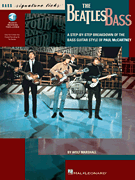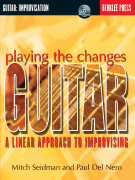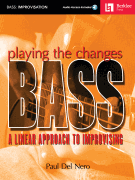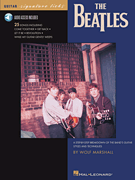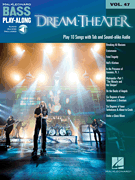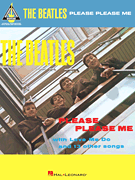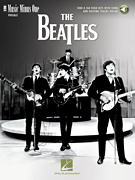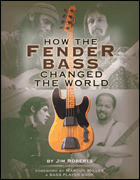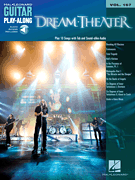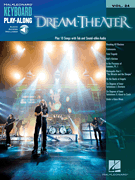Search Results for: “The Change”
Loading...
Tequila View 99 Products
Change The World View 96 Products
There'll Be Some Changes Made View 45 Products
Waiting On The World To Change View 40 Products
I'd Love To Change The World View 22 Products
Change View 19 Products
Change The World With Love (A Parting Blessing) View 7 Products
The Changeling View 6 Products
The Change View 5 Products
You And I Can Change The World View 5 Products
Roll With The Changes View 4 Products
Sing The Changes View 4 Products
Be The Change View 3 Products
The More Things Change View 2 Products
The Night That Changed The World View 2 Products
My Key Don't Fit (Somebody Changed The Lock) View 2 Products
Change Of The Guard View 2 Products
I Don't Want To Change The World View 2 Products
Don't Change Horses (In The Middle Of The Stream) View 2 Products
Something Better Change View 2 Products
Change Your Mind View 2 Products
Praise The Lord, He Never Changes View 2 Products
See The Changes View 2 Products
Music Changes The World View 1 Product
